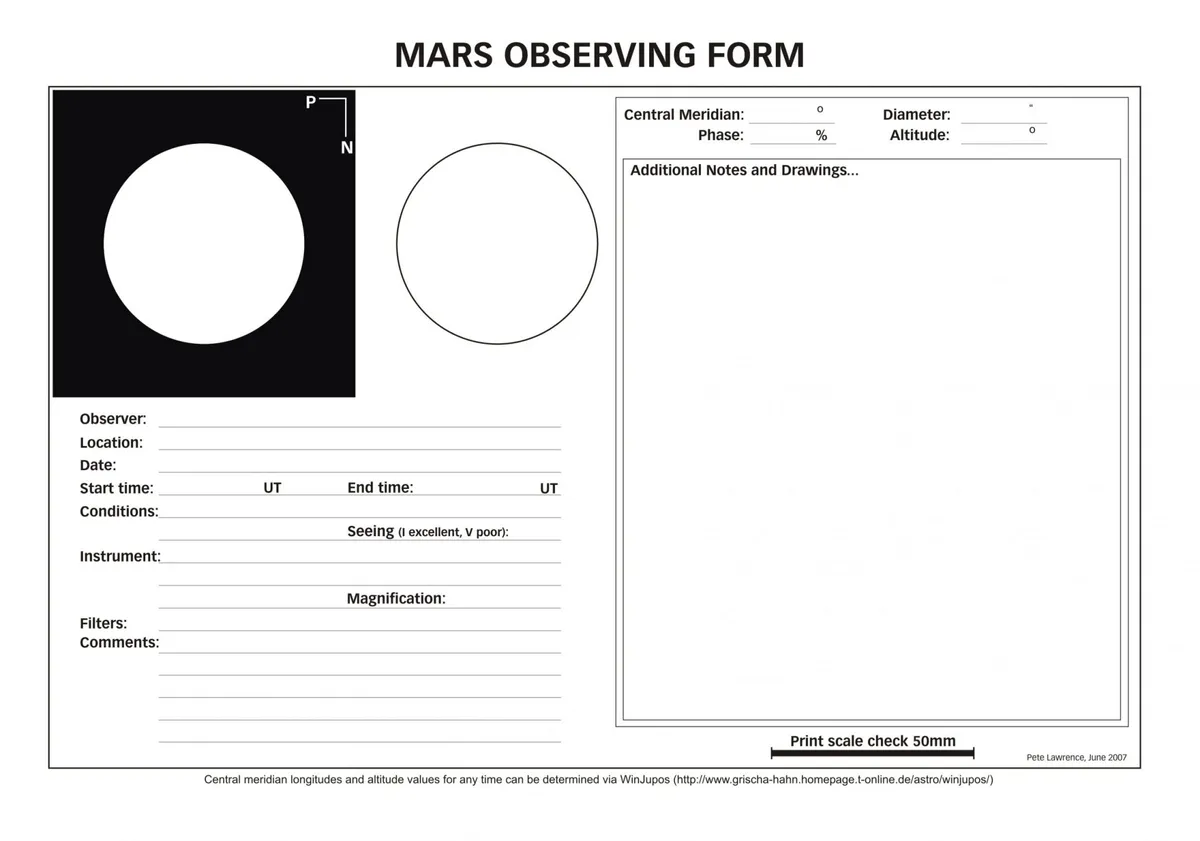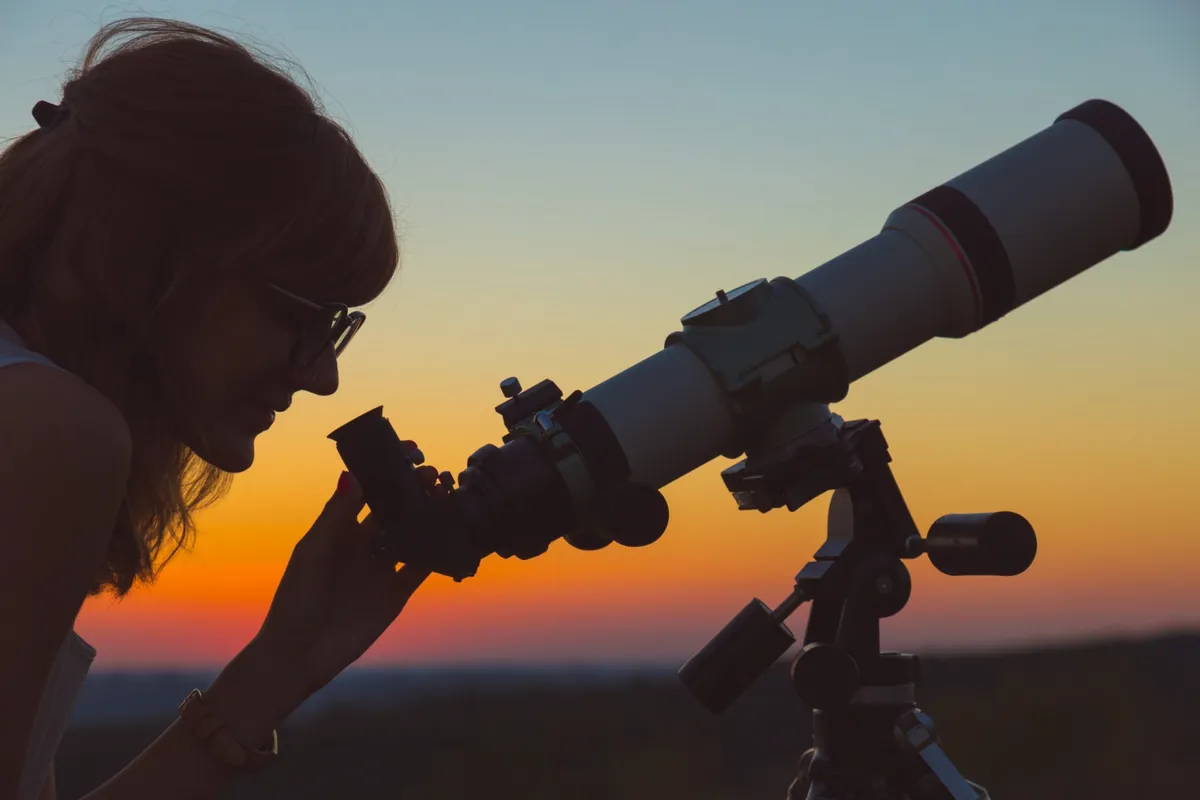Astronomy is much more than looking through the eyepiece of a telescope. Keeping an astronomical log book, diary or journal will transform you from a casual viewer to a reliable observer. By recording your observations in a systematic way you’ll find your eyesight sharpens; you can look back and see how your observing and drawing skills have improved; you’ll have a tangible past on which to build.
By repeating observations, old friends will be revealed in a new light, their subtle aspects slowly coming to the fore. All of this will make astronomy much more rewarding.
There’s also a scientific aspect to keeping an astronomy log book. You may be able to provide confirmation of a rarely observed phenomenon such as a bright fireball, or the beginnings of a dust storm on Mars.
If you have no accurate record of what you have observed, you may never know if you have seen something important.

By recording your observations in a consistent manner, you’ll find that your whole approach to astronomy shifts into a much more rewarding pursuit: rather than just checking off objects you have seen, you can begin to study them properly.
This will allow you to specialise and decide which aspects of astronomy interest you the most. There are still many areas where amateurs can make useful contributions, including planetary and variable stars work, provided observations are recorded systematically.
The journey from absolute beginner to seasoned amateur is full of poignant personal cosmic discoveries. Your adventures out in the Universe will be marked by a number of important first time events – locating a much sought after Messier object or seeing the polar ice caps of Mars for the first time, perhaps.
But if you are to build on these first glimpses, you must accurately record what you have seen.
You might like to download and print off our observing forms to help you make records. Download PDF observing forms forJupiter, Mars,Saturn,Venus and the Sun.

What to record in your astronomy log book
The log book itself should be sturdy, hard backed and contain good quality paper. It’s worth spending some money on it as I’ve had books that have fallen to pieces after a couple of months under the British winter skies!
Loose-leaf observations in ring binders should be avoided, as it is only a matter of time before individual entries become lost.
What you record will largely depend on what you are observing. Although there are some standard things you must always note down – such as the date, time and the details of your telescope – some are specific to the type of object you are looking at.
Planets, for example, require drawings that provide an important visual impression of what you’ve seen, along with details such as phase and disc size.
Variable stars require no drawings, but will need magnitude estimates and details of the finder chart used.
For this reason, you might want to keep a log book for each object. I have separate books for all the planets, variable stars, solar work and the deep sky.
Here are a few details that should always be noted down, where possible:
- Date The full date in the format yyyy-mm-dd.
- Time The time of each observation in UT.
- Telescope The size of telescope and its type (Newtonian, Schmidt-Cassegrain, etc).
- Magnification The powers you use for drawings and observing.
- Eyepieces Focal length, and whether you used a star diagonal or Barlow lens.
- Filter work Include the Wratten number (printed on the side of the filter) of any filters used.
- Seeing This is a measure of how steady the atmosphere is. Use the Antoniadi scale from I-V, where I is a perfectly sharp image and V is an unfocused blob.
- Other conditions Any cloud or mist present, moonlight, etc.
- Target-specific details For planets, note the value of the central meridian, phase (if applicable) and disc size. For deep-sky objects and comets, indicate north in any drawings and include the constellation. Variable stars require magnitude estimates.
- Personal thoughts Make a note of anything else that strikes you as interesting or unusual.
I make my rough drawings and observations outside, then make a neat copy in my log books indoors afterwards. This makes the layout easier, with drawings on one page, and written notes on the following.
Make your drawings on a separate piece of paper and stick them into your book, as you may need a few attempts at rendering them. If you need a bit of help, read our guides on how to draw Jupiter and how to draw the Moon.
Your log books will be your observing legacy – you should regard them as one of amateur astronomy’s essentials.
This guide originally appeared in the March 2015 issue of BBC Sky at Night Magazine.
